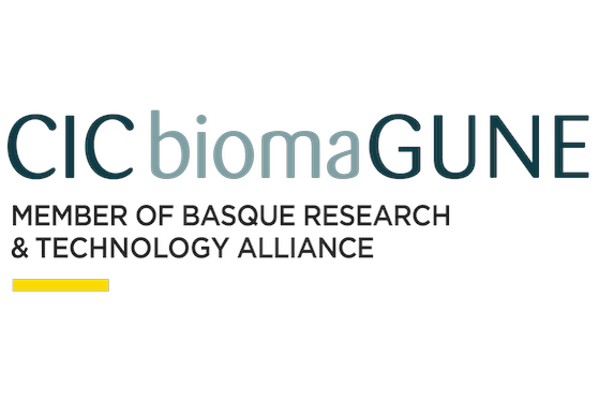CIC BiomaGUNE
Centro (uo)


Universidad de Castilla-La Mancha
Ciudad Real, EspañaPublicaciones en colaboración con investigadores/as de Universidad de Castilla-La Mancha (63)
2024
-
Environmental and Health Impacts of Graphene and Other Two-Dimensional Materials: A Graphene Flagship Perspective
ACS Nano, Vol. 18, Núm. 8, pp. 6038-6094
-
Hazard assessment of hexagonal boron nitride and hexagonal boron nitride reinforced thermoplastic polyurethane composites using human skin and lung cells
Journal of Hazardous Materials, Vol. 473
2023
-
Easy and Versatile Synthesis of Bulk Quantities of Highly Enriched 13C-Graphene Materials for Biological and Safety Applications
ACS Nano, Vol. 17, Núm. 1, pp. 606-620
-
Graphene oxide degradation by a white-rot fungus occurs in spite of lignin peroxidase inhibition
Environmental Science: Nano, Vol. 10, Núm. 9, pp. 2286-2298
-
p-Type Functionalized Carbon Nanohorns and Nanotubes in Perovskite Solar Cells
ACS Applied Materials and Interfaces, Vol. 15, Núm. 38, pp. 45212-45228
2022
-
Carbon Nanotube Membranes in Water Treatment Applications
Advanced Materials Interfaces, Vol. 9, Núm. 1
-
Is airborne graphene oxide a possible hazard for the sexual reproduction of wind-pollinated plants?
Science of the Total Environment, Vol. 830
-
One-dimensional heterostructure: The selective decoration of single-walled carbon nanotube tips with metallic nanoparticles
MRS Bulletin, Vol. 47, Núm. 7, pp. 675-679
2021
-
Graphene environmental biodegradation: Wood degrading and saprotrophic fungi oxidize few-layer graphene
Journal of Hazardous Materials, Vol. 414
2020
-
Beyond graphene oxide acidity: Novel insights into graphene related materials effects on the sexual reproduction of seed plants
Journal of Hazardous Materials, Vol. 393
-
Effects of few-layer graphene on the sexual reproduction of seed plants: An in vivo study with cucurbita pepo l.
Nanomaterials, Vol. 10, Núm. 9, pp. 1-17
-
Graphene, other carbon nanomaterials and the immune system: Toward nanoimmunity-by-design
JPhys Materials, Vol. 3, Núm. 3
-
Keratinocytes are capable of selectively sensing low amounts of graphene-based materials: Implications for cutaneous applications
Carbon, Vol. 159, pp. 598-610
-
Partial reversibility of the cytotoxic effect induced by graphene-based materials in skin keratinocytes
Nanomaterials, Vol. 10, Núm. 8, pp. 1-14
-
Production and processing of graphene and related materials
2D Materials, Vol. 7, Núm. 2
-
Skin irritation potential of graphene-based materials using a non-animal test
Nanoscale, Vol. 12, Núm. 2, pp. 610-622
-
Tailored Methodology Based on Vapor Phase Polymerization to Manufacture PEDOT/CNT Scaffolds for Tissue Engineering
ACS Biomaterials Science and Engineering, Vol. 6, Núm. 2, pp. 1269-1278
-
Tuning Neuronal Circuit Formation in 3D Polymeric Scaffolds by Introducing Graphene at the Bio/Material Interface
Advanced Biosystems, Vol. 4, Núm. 4
2019
-
Carbon Nanostructures in Rotaxane Architectures
European Journal of Organic Chemistry, Vol. 2019, Núm. 21, pp. 3371-3383
2018
-
Graphene and graphene oxide induce ROS production in human HaCaT skin keratinocytes: The role of xanthine oxidase and NADH dehydrogenase
Nanoscale, Vol. 10, Núm. 25, pp. 11820-11830

